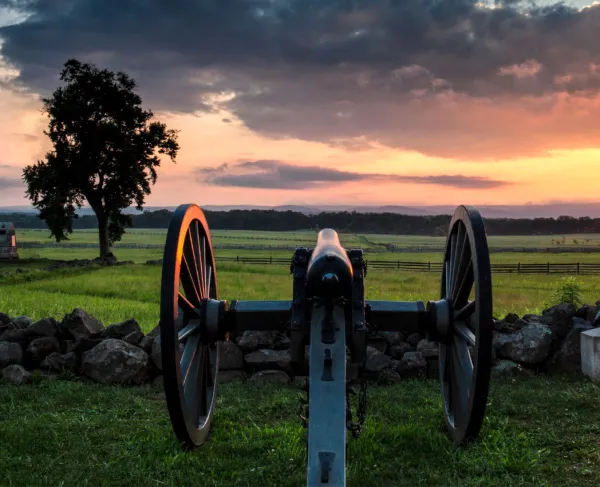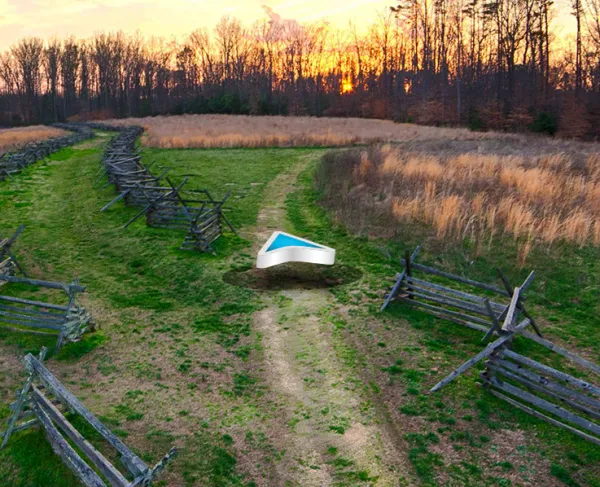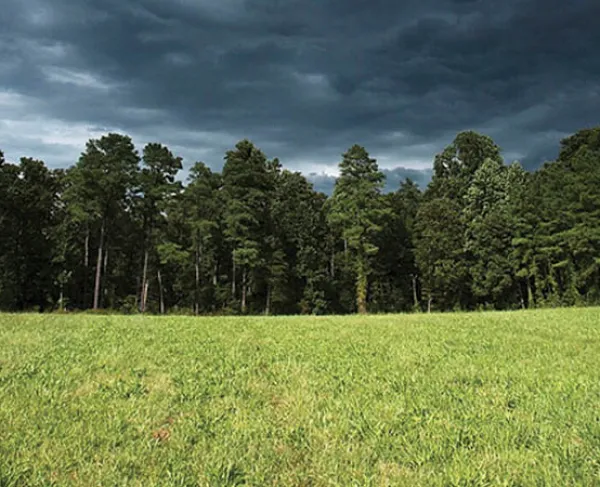Battlefield Visitation Trends
Battlefield Tourism on the Rise
In 2019, at the request of the American Battlefield Trust, the Harbinger Consultancy analyzed annual visitation data from a selection of National Park Service (NPS) battlefield parks and found that battlefield tourism is on the upswing, with an adjusted 21 percent increase in visitors to these parks between 1990 and 2018 when using three-year averages (1990-1992 compared to 2016-2018).
This approach to looking at visitation is significant, as it provides a way of comparing historical and current data that accounts for the year-to-year variation that can otherwise skew results when comparing data from single years — e.g., from 1990 and 2018 in isolation.
The battlefield parks analyzed by Harbinger included Antietam National Battlefield; Chickamauga & Chattanooga National Military Park; Colonial National Historical Park; Cowpens National Battlefield; Fredericksburg & Spotsylvania National Military Park; Gettysburg National Military Park; Guilford Courthouse National Military Park; Minute Man National Historical Park; Richmond National Battlefield Park; Shiloh National Military Park; and Vicksburg National Military Park.
Harbinger’s selection of the 1990s as the decade in which to root such an analysis is equally significant.
“Prior to the mid-1980s,” NPS has explained, “no standard Service-wide system existed for counting visitors. As a result, a considerable amount of mathematical errors and double-counting occurred.”
This admission helps put into context occasionally cited outliers like the 7 million people purported to have visited Gettysburg National Military Park in 1970 — more than three times the number of visitors counted at Grand Canyon National Park that same year.
In fact, annual visitation to Gettysburg has been remarkably consistent, averaging between 1 to 2 million people in and across the 1980s, 1990s, 2000s and 2010s alike. Observing ten-year averages does even more to smooth out many of the variations from factors that are time-bound, such as natural disasters, government shutdowns, economic fluctuations and problems with vehicle or trail counters.
NPS has been working to improve the accuracy of its visitation numbers for decades, developing and implementing site-specific counting instructions for each of its parks. “In raw numbers,” NPS has taken pains to emphasize, “the combined effect of these changes sometimes looked like a decline or increase in visitation, when in fact the change was the result of more accurate counting.”
To be sure, more modern and more reliable figures herald a promising future for battlefield tourism and illustrate the powerful effect of preservation on visitation. A perfect case in point: At the dawn of the new millennium, Richmond National Battlefield Park was home to fewer than 1,000 acres and was often host to fewer than 100,000 visitors each year. Now measuring nearly 4,000 acres, Richmond’s visitation has doubled, with the park welcoming just under 200,000 visitors in 2018 alone.
Virginia experiences tremendous economic benefits as a result of this kind of heritage tourism. Whereas travelers to the Old Dominion typically spent $559 per trip in Fiscal Year 2018, the Virginia Tourism Corporation found, heritage travelers spent $1,116 per trip — essentially two times the amount spent by tourists on average. A 2017 report prepared for Preservation Virginia by the Center for Urban and Regional Analysis at Virginia Commonwealth University calculated that heritage travelers to the state spend a total of $7.7 billion per year, generating $1.3 billion in taxes and supporting more than 105,000 jobs.
While it is an ever-present challenge to make history relevant to modern audiences, it is one that current visitation trends show historians and preservationists successfully rising to meet at our nation’s battlefield parks, from Gettysburg to Richmond and beyond.
See also:
- “Are Tourists Falling Out of Love with Civil War Battlefields? Public Historians Respond” (Nick Sacco, The Journal of the Civil War Era)
- “Is Civil War History Losing Ground?” (Dana B. Shoaf, Civil War Times)







